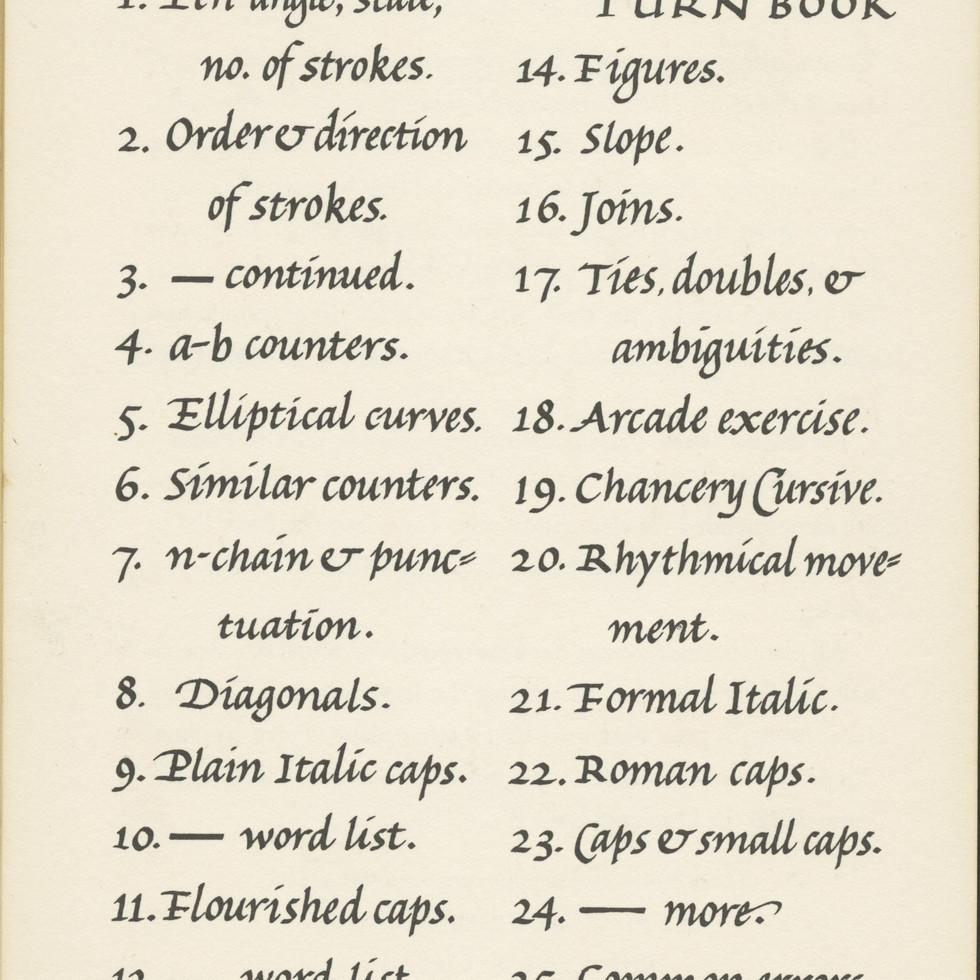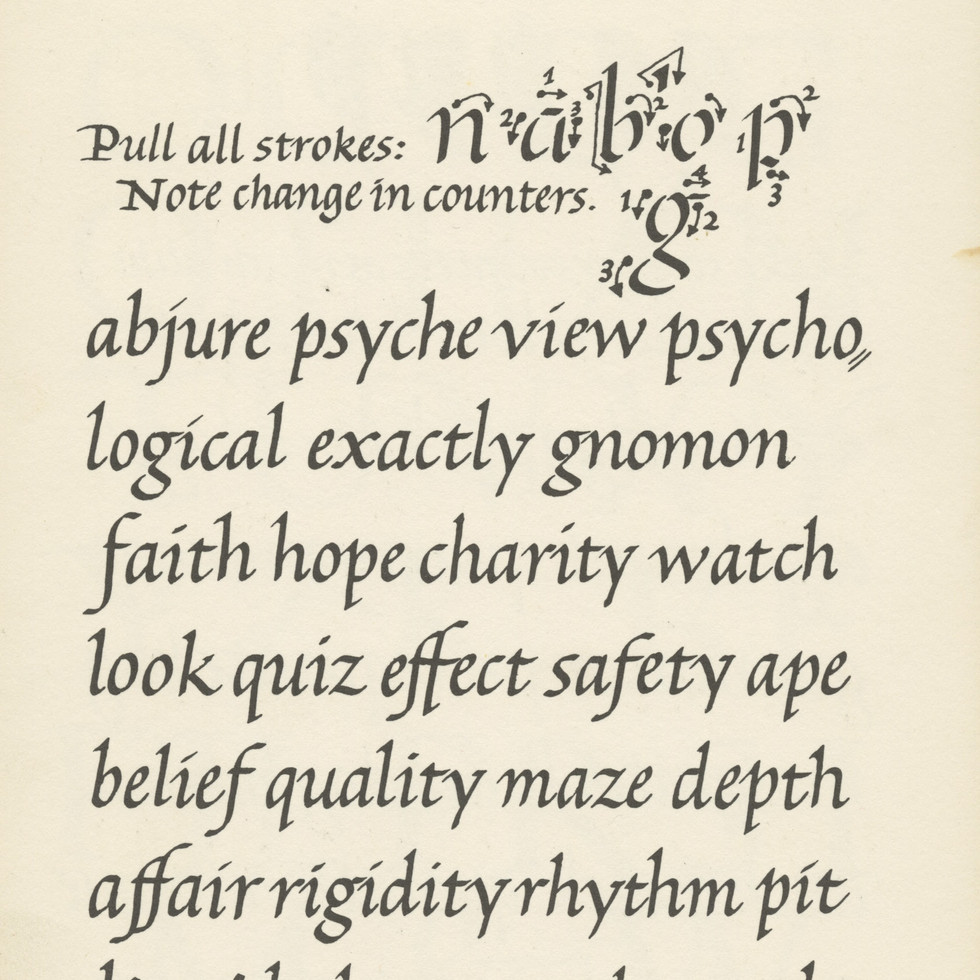Lloyd Reynolds was a renowned calligrapher, author, and inspirational Instructor at Reed College where he influenced many (directly or indirectly) including Steve Jobs, Sumner Stone and many of the designers featured in this project. In 1954 he was suspended from teaching temporarily as a result of being named by the Velde Committee (a subcommittee of the House Un-American Activities). Below are a collection of images, graphics, letters and articles from a variety of sources.
This entry is incomplete. If you have more to add to this entry, or a recommendation on who we should feature on Portland Design History, please reach out to: melissa@meldel.com.
Rediscovering Lloyd Reynolds
By Charles Lehman

After he began teaching at Reed in 1929, Lloyd J. Reynolds privately studied paleography “with pen in hand” and continued to do so for many years thereafter, laying solid historic groundwork for his own calligraphy and teaching of his specialty, italic handwriting. Then in 1954, the scholar-teacher Reynolds revealed himself as a master scribe, publishing his first handwriting manual, Edged Pen Alphabets, a small scholarly booklet including a hand-lettered portfolio of historic and modern letterforms.

Bio from Museum Art School catalog of teachers. Lloyd pictured left, Henk Pander on right.

A young Lloyd J. Reynolds, 1930s
Grow It by Lloyd J. Reynolds, 1968. The Commencement address offered inspirational and motivational comments to the audience to encourage behavior "both rational and intellectual, both analytic and imaginative, utilizing both statistics and insight."
Pages from Italic Lettering, Calligraphy & Handwriting by Lloyd Reynold, 1963
Velde Committe
In 1954, the Velde Committee (a subcommittee of the House Un-American Activities) arrived in Portland and held televised hearings. The committee identified three Reed professors as suspected Communist activity leaders. Lloyd Reynolds was one who was identified.

Entry about Lloyd Reynolds in the book, The Portland Red Guide by Michael Munk.
Reynolds was an incredibly charismatic teacher and his interests were somewhat broader than the traditional academic program of Reed at that time . . . The classes were a window on the relationship between visual arts and culture in a very broad sense.
—SUMNER STONE












































댓글